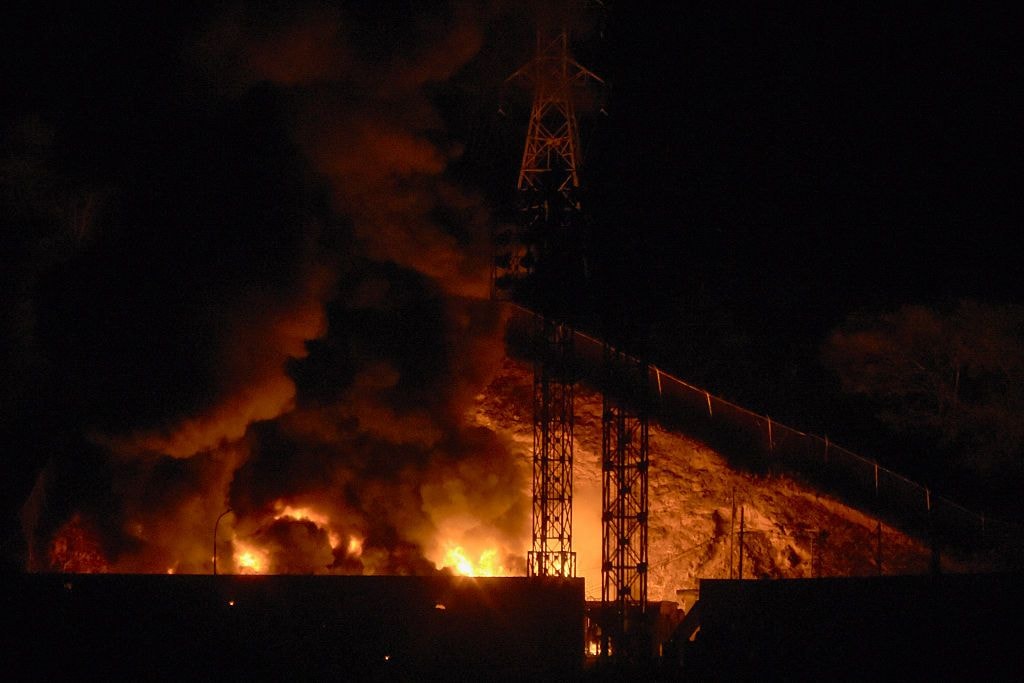'Maximum' number Ukrainian schools should begin school year offline, Zelensky says

Ahead of the planned start of the school year on Sept. 1, President Volodymyr Zelensky urged on Aug. 30 that "the maximum number of school should be opened offline," referring to in-person learning.
“First of all it's a matter of availability of shelters and readiness of the energy systems for the current challenges,” Zelensky said in his evening address.
Ukraine traditionally returns back to school on Sept. 1, marking Knowledge Day. However, since the start of Russia's full-scale invasion, many children have been forced to study virtually amid threat of Russian attacks.
Russia's full-scale war against Ukraine has reportedly destroyed or damaged one in seven schools in Ukraine and forced 1.6 million schoolchildren out of education. Some 900,000 Ukrainian children study remotely as only schools equipped with bomb shelters are allowed to operate offline.
According to the UN, only one third of Ukrainian children are able to attend schools in person. Roughly another third learn online and another third learn in a hybrid approach due to the threat of attacks.
Ukrainian officials have been preparing for the start of the year - as well as a return to normalcy for some of the children affected - by investing heavily in building school shelters for the civilians to hide in case of attacks.
In Mykolaiv shelters were set up in 23 schools out of 40 where offline education is planned to resume, according to the Mykolaiv city council.
In Zaporizhzhia, local authorities plan to open some of the six underground schools in the city and the surrounding region by late October, Zaporizhzhia Oblast Governor Ivan Fedorov said on August 11.
Deputy Education Minister Yevhen Kudriavets said in February that over 3,500 educational institutions had been damaged due to the Russian full-scale invasion. Nearly 400 of them were almost destroyed.
On Aug. 30, a Russian attack on a building in Kharkiv killed a 14-year-old girl and injured at least 18 other children. A total of seven people were killed and 77 injured in the attack.












